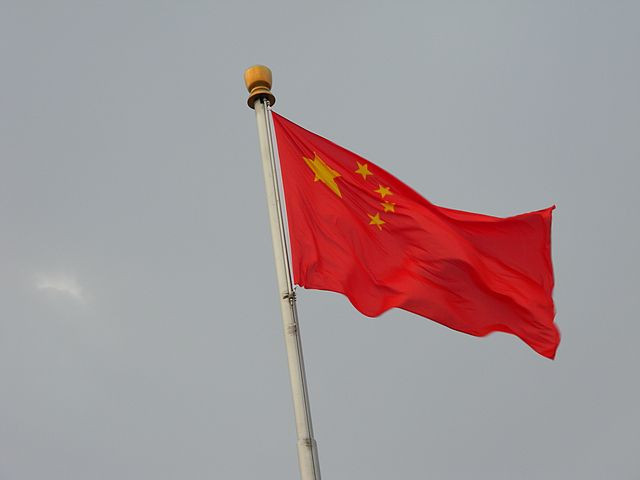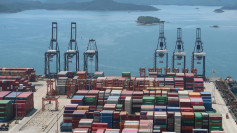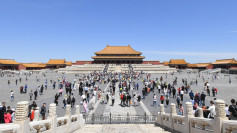China has launched construction of what it claims will be the world's largest hydropower dam, located on the Yarlung Zangbo River in southeastern Tibet, triggering alarm in downstream nations India and Bangladesh. The project, with an estimated cost of $170 billion (1.2 trillion yuan), was formally inaugurated by Premier Li Qiang in Nyingchi on Saturday, according to China's official Xinhua News Agency.
The massive undertaking will involve the development of five cascading hydropower stations in the lower reaches of the river, which is known as the Brahmaputra once it flows into India. With a projected annual electricity output of 300 billion kilowatt-hours, the project is a central pillar of China's push toward carbon neutrality and renewable energy expansion.
This is a "project of the century," Premier Li said at the groundbreaking ceremony, adding that special emphasis "must be placed on ecological conservation to prevent environmental damage," Xinhua reported.
The announcement has drawn swift concern from India, which in January raised the issue with Beijing, citing the potential impact on downstream water flows. "India has been urged to ensure that the interests of the downstream states of the Brahmaputra are not harmed by activities in upstream areas," India's Ministry of External Affairs stated.
China, for its part, has downplayed environmental and geopolitical risks, with its foreign ministry claiming the project would not have any "negative impact" downstream and promising to "maintain communication with countries at the lower reaches" of the river.
Despite these assurances, environmental groups remain skeptical. The International Campaign for Tibet warned that the project could cause "irreversible harm" to the fragile ecology of the Tibetan plateau and lead to "severe livelihood disruptions" for millions living downstream.
The river's unique topography, which includes a dramatic 2,000-meter drop over a 50-kilometer stretch, offers unparalleled hydropower potential. China has already been operating hydropower facilities on the upper reaches of the river, which originates in western Tibet and flows eastward before entering Arunachal Pradesh and Assam in India, and eventually Bangladesh.






